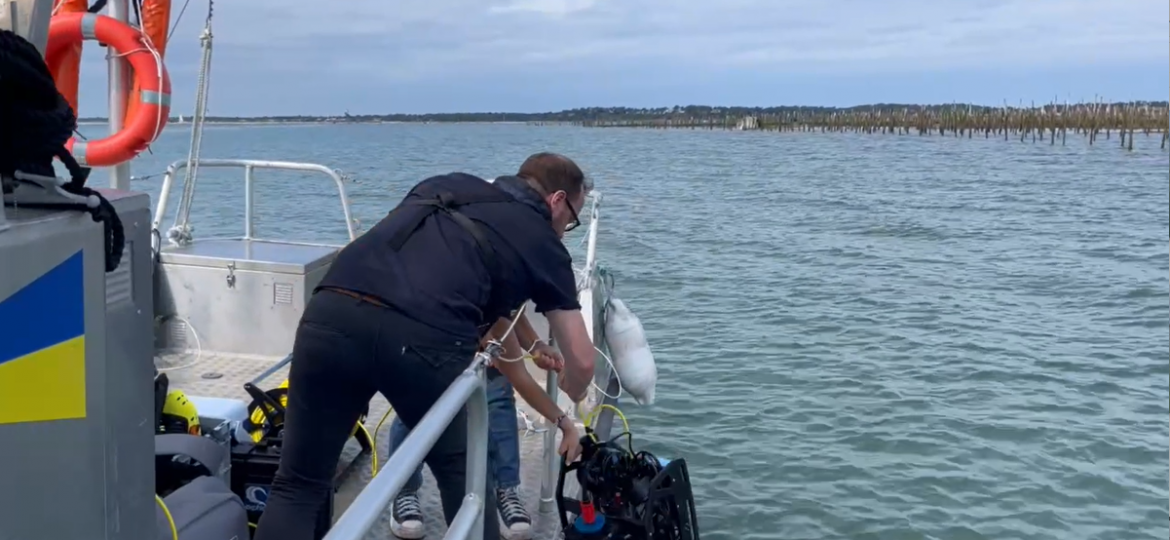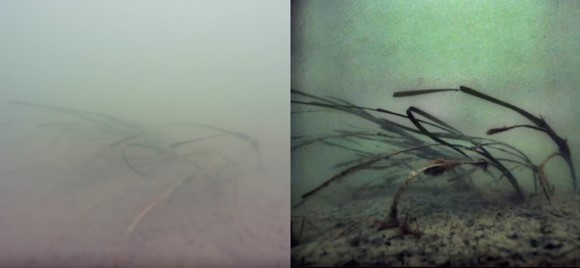
The vast expanses of water in the Bay of Arcachon are home to a rich and diverse ecosystem in which eelgrass beds play a key role. These seagrass meadows, which are often little known to the general public, recently attracted the attention of the French Office for Biodiversity (OFB), which, as part of an innovative collaboration, wanted to set up meticulous underwater surveillance of their evolution with the aim of mapping them.
Eelgrass beds, guardians of marine biodiversity
Eelgrass beds, composed mainly of aquatic plants of the genus Zostera, play a curcial role in coastal ecosystems. these seagrass beds form dense underwater meadows and provide a vital habitat for a multitude of marine species. They act as natural nurseries, providing a suitable habitat for reproduction and a safe haven for juveniles of many fish and crustaceans. These plants also play an essential role in the nutrient cycle, providing abundant organic matter for the various species.
Elgress beds also help to stabilise the seabed thanks to their roots, which anchor the substrate.
Their disappearance can have serious consequences for marine biodiversity and the resilience of coastal ecosystems to environmental change.
The French office for biodiversity (OFB) in the front line to ave eelgrass beds
The OFB is a public body that plays a leading role in preserving and managing the biodiversity of marine ecosystems in France. In particular, it is actively involved in the monitoring, conservation and restoration of coastal habitats, of which eelgrass beds are an essential component. The organisation was therefore particularly interested in the Bay of Arcachon, home to Europe’s largest dwarf eelgrass beds, and wanted to monitor the health of these fragile habitats on an ongoing basis in order to assess the impact of environmental changes, human activities and natural phenomena.
As the Bay of Arcachon is an area subject to tides and muddy ground, the OFB was faced with a major challenge: capturing qualitative images in order to collect data that could be used to monitor eelgrass.
This problem perfectly illustrates the importance of technological innovation, particularly in preserving biodiversity, and highlights the need to support research in order to protect our marine ecosystems.
The technological innovation behind the Orphie camera opens up exciting new prospects for the conservation of marine habitats, which is why i2S can help the OFB to obtain the best possible images of seagrass populations. These images will enable scientists to assess the health of the seagrass meadows and determine an action plan to restore them, given that their density is falling sharply. Restoring this ecosystem is one of the OFB’s key missions and is included in the marine park’s management plan up to 2032.

